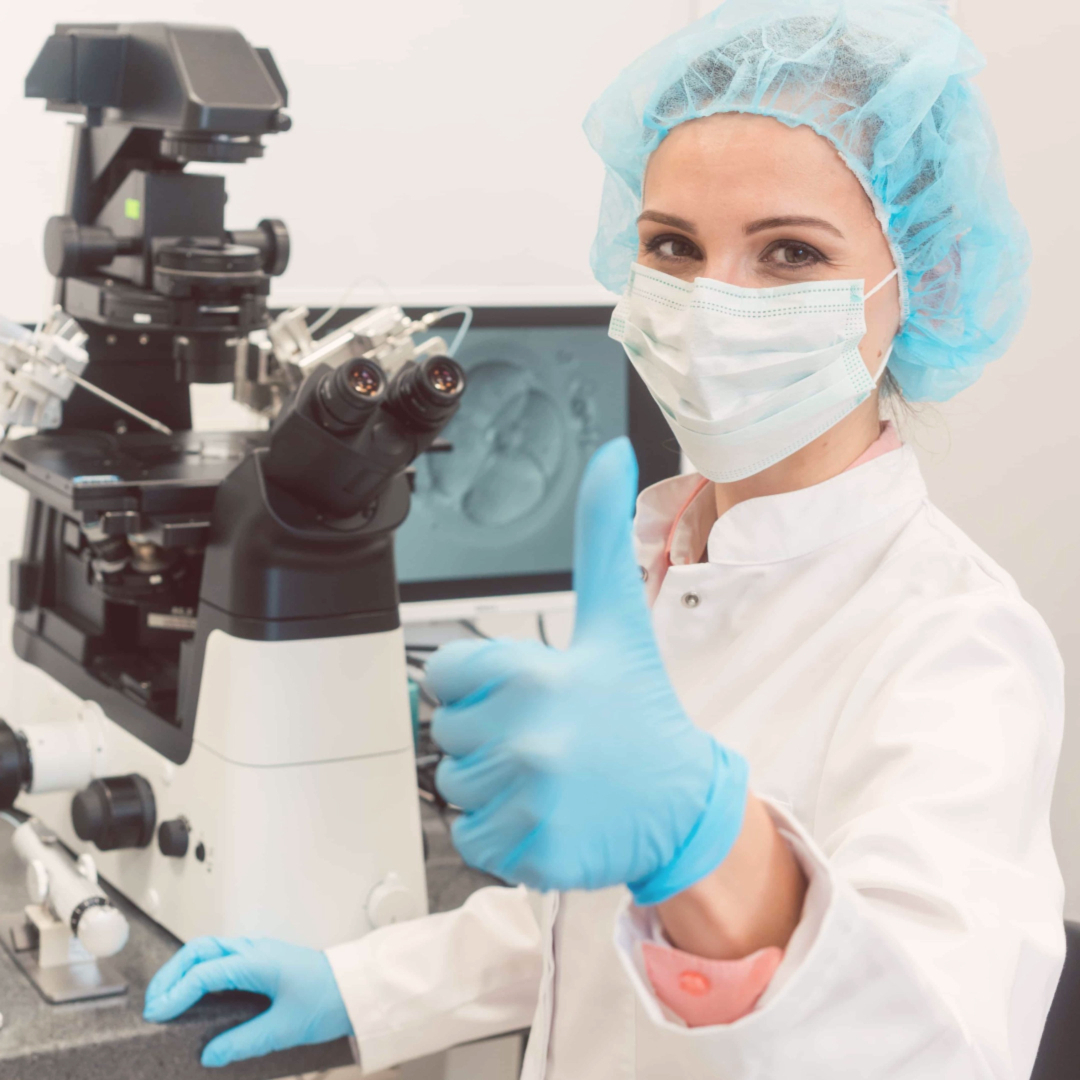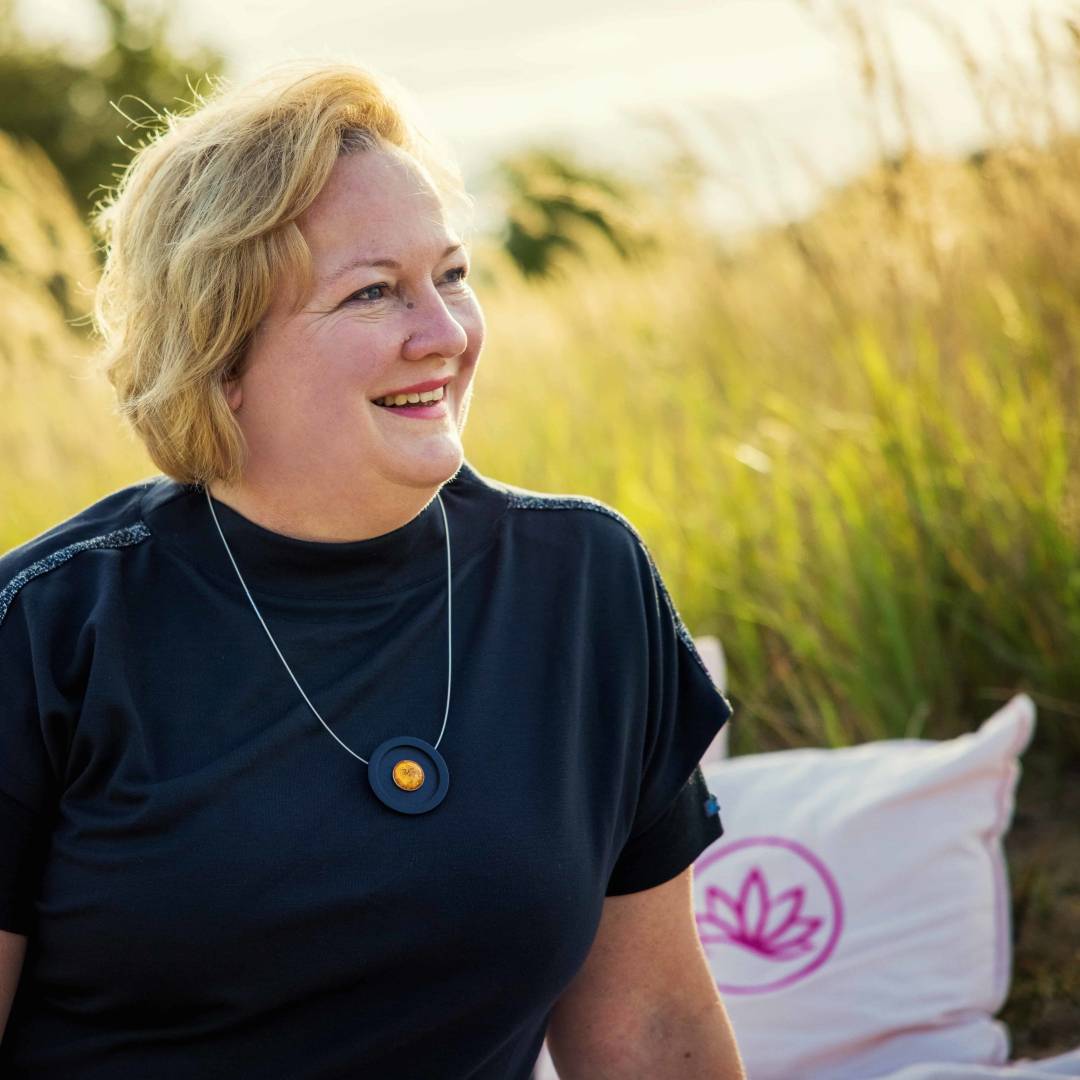Hormones

Hormones, hormone therapy & hormone replacement therapy – where are the differences?
If our hormones are running smoothly, we feel good. If they’re not, things are getting out of hand. These clever little messengers of the body, invisible to the naked eye, keep an infinite number of bodily processes running. Their lifespan is short, which serves to fine-tune message transmission in the body.
The exciting thing is, even though hormones each always have the same chemical structure, they can deliver different messages. What message arrives is not just in the hormone, but also in the receptor, the docking site. Woman could also say, the keyhole for the key, which miraculously can open different doors in the body.
Hormones, hormone therapy & hormone replacement therapy –
where are the differences
Sometimes it’s simple: if a woman has had her thyroid gland removed, for example because of malignant nodules, then this endocrine gland is missing. That’s what we call an organ that produces hormones. Then the patient needs tablets with thyroid hormones for life in order for certain body processes to function.
A clear case of hormone replacement therapy; what the body no longer produces, that must be replaced. How much is determined partly by laboratory values as a guide, but much also depends on the well-being of the woman. Often it is a love-hate relationship: none of us likes to take medication permanently, it can be annoying, we feel sicker without it and then we chow down on the things anyway. The thyroid gland does not grow back, thyroid tablets with levothyroxine and liothyronine can be a real blessing.

Hormone therapy is another matter: here we give hormones for a specific purpose and not necessarily permanently. The body produces hormones, itself, but maybe not enough. In cases of hypothyroidism with a TSH above 2.5 mIE/l, miscarriages occur more frequently. In this case, the women often have no complaints at all. An elevated laboratory value is often not noticeable. A well-tolerated and also inexpensive drug like L-thyronine in a low dosage usually 25µg or 50µg is a possibility to normalize the rate of miscarriages. Once the child is born, the drug is no longer necessary in almost all cases. Of course, in hypothyroidism the body, should have all the nutrients to make thyroid hormones itself. If iodine, as well as zinc, selenium and other substances are missing, then the thyroid gland simply cannot work as it should.
Hormones & Hormone Replacement Therapy –
when it comes to menopause it is a question of philosophy
Hormones and premature menopause
Hormone replacement therapy is also suggested by us doctors when a woman goes through menopause prematurely. No more menstruation before the age of 40 or very irregular cycles can be due to stress or have other specific causes. These should be treated first. If it is true premature menopause, then hormone replacement therapy is advisable until the age of natural menopause for several reasons. Estrogens help us build up sufficient bone mass in our younger years, which we then draw on in old age. Long periods with fewer than 4 menstrual periods a year can inhibit bone formation and later lead to osteoporosis. Exercise, especially sports with muscle pull on the bones (strength training) and a diet that contains sufficient calcium and other bone-building substances, is also important. Before the age of 40, we advise hormone replacement therapy for bone protection. That is, therapy that replaces what would normally be present. Hormone replacement therapy before the actual age of menopause can be
- Be cyclic, meaning the hormones estrogen and progesterone are given in a way that mimics a natural cycle. This involves inducing or mimicking menstruation, depending on the choice of treatment regimen.
- Continuous, which means that the hormones estrogen and progesterone are given together permanently. So every day a little of both. With this, there is no monthly bleeding.
The question is, what are we aiming at with the therapy, protection of bones and further prophylaxis of diseases or preservation of childbearing capacity. I found a report in the International Hormone Society a few years ago very interesting. In it, a cyclic treatment regimen was given to women with proven premature menopause, actually to prepare the patients for later pregnancy with egg donation. The researchers were amazed that up to 15% of the patients spontaneously became pregnant under the treatment.
Hormones and real menopause
It always annoys me when, in relation to menopause at the right time, so from the mid-40s, people always talk about “hormone replacement therapy”. This means that a falling level of progesterone and estrogen is a deficiency and a mistake. There is something missing, it has to be replaced. This means, if we take it seriously, that all women are defective and deficient before puberty and after the change. Cheekily asserted I say:
“If estrogen deficiency is a disease,
then that explains why men are so weird.”
Well, you are welcome to grumble: Men are not funny per se. But this saying illustrates how I see the change. An age of women that is not characterized by fertility and high levels of estrogen as well as progesterone in the blood. This time has its own value and positive qualities. In anthropology, there is the grandmother hypothesis, which states that in evolutionary terms, menopause is a real gift. The presence of women who are not currently pregnant, breastfeeding, or have young children to care for is what has allowed us, as humanity, to achieve many cultural accomplishments in the first place.
In the media, menopause is often portrayed as the beginning of the end: We can no longer concentrate, we become old, unattractive, and at the latest at the age of 60 our bones crumble. Over the years, I have seen many women in my practice who have started over again with the menopause. A new education or further training, in order to advance professionally again or to change careers. Getting active in local politics or a new creative hobby. An end to estrogen poisoning, as some scientists describe it. Estrogens and other hormones change our perception. Under the influence of estrogen, many women are willing to abandon their own needs and devote themselves to others. Especially when our children are young, this is necessary: first teeth, teething, schoolwork… young mothers have to spend a lot of time and energy on their children. With the change, it is often said: now I won’t let them take the butter off my bread. Now it’s my turn.
The reality is that the actual menopause, the hormonal change, is often followed by twenty years of fairly stable health. Only then, sooner or often later, do the symptoms of old age appear.
When do we need hormones during menopause?
When complaints are so severe that medicinal plants or other naturopathic therapies do not work sufficiently. The rule is: as little as possible, as short as necessary. Hormone replacement therapy as such, I reject. Of course, if you have a high familial risk of osteoporosis, for example, it may make sense to consider low-dose hormone therapy for a certain time frame. In addition to diet and exercise. We have several options in this regard:
- Bioidentical hormones, which are hormones that are chemically structured exactly as our female biology makes them. Progesterone, for example, can be made from yam (diosgenin) or soy using some chemical processes. Our body cannot do this.
- Natural hormones that were in vogue in the 80s and 90s of the last century, for example “Premarin” from mare urine. Well, the source may be natural, but to what extent the excretory products of quadrupeds are natural for bipeds is doubtful. These hormones are no longer common due to the increased risk of breast cancer, frequent strokes and heart attacks, and other side effects.
- Synthetic hormones, which are hormone-active substances that chemically resemble our hormones but are not the same. The spectrum of action is often slightly different, this can be a real advantage in the treatment of complaints. For example, if severe breast tenderness occurs under bioidentical estrogen.
Today, bioidentical hormones are preferred for hormone therapy. Especially when estrogens are given through the skin, as a cream, gel, spray or patch, they enter the blood directly. Tablets and capsules for swallowing must first pass from the gastrointestinal tract via the liver before they enter the blood. In the process, estrogens in the liver stimulate the production of clotting factors and increase the risk of thrombosis. In addition, some of the estrogens and also progesterone are already broken down during the liver passage. Therefore, the dose must be higher. If the route through the skin is taken, we can get by with small amounts to alleviate the symptoms. Since women’s reaction to hormones can vary individually, the preparation and the duration of use should always be discussed with the gynecologist. Less is often more.
I wish you a healthy day

Written by Dr Dorothee Struck
